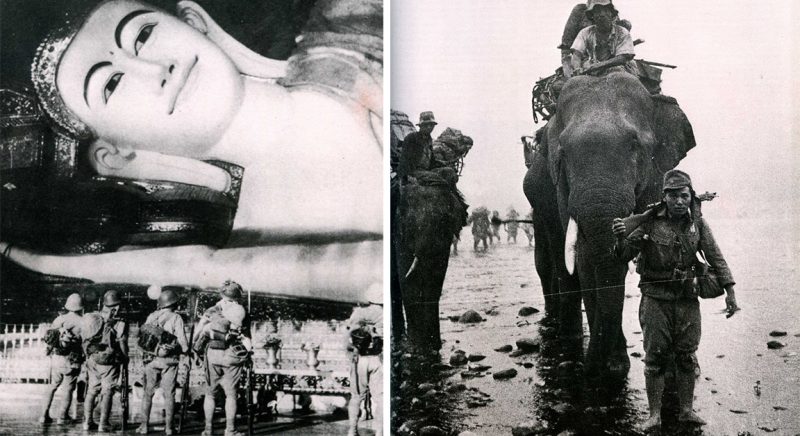After the outbreak of the Second World War, Britain relied on a significant volume of food and other supplies provided by the five hundred princely states that formed pre-independence India. Before Japan’s involvement in the war, a total of 2.5 million Indians fought against the Axis in North Africa. After Japan had entered the war, scores of Indian soldiers were sent to fight against them in Burma, and many were deployed to defend the homeland in case Japan managed to break through the defense and mount a land invasion. There are still remnants of coastal defense measures up and down the country that serve as a historical reminder of the Indian contribution to the Second World War.
Now a campaign has been launched by a number of heritage lovers and history buffs in India urging the authorities to move two Second World War bunkers on Vizag beach to the Visakha Museum. Many people are aware of the contribution made by the local defenders against potential Japanese invasion, a fact that has inspired local intellectuals and historians to raise awareness about the area’s history during the Second World War.
One of these bunkers has almost lost its battle against the elements and now lies partially submerged near RK Beach, while another one is relatively unscathed in One Town, near port’s conveyor belt. There is another large bunker made of concrete built for the purpose of defending the coast near Kailasagiri. This particular bunker is practically impossible to move anywhere due to its sheer mass and size. The only time the public can clearly view the magnificence of these structures is the low tide at the beach. The wider public that visits the beaches are mostly oblivious to their history and significance.
Local historians suggest that there are numerous references to other big and small defense bunkers built along the coast, however, most of them are thought to have been submerged underwater and need to be rediscovered as they possess immense historical value. The researchers also insist that there is a possibility that the rapid change in the coastal landscape largely influenced by land development and global warming could make some of these hidden bunkers surface again; so a well-defined plan is needed to safeguard any that do.
The founder and president of Meecons, S. Ravi Kanth Reddy, said that he has written in detail to GVMC commissioner Pravin Kumar about the significance of these bunkers along the coast. He added that he has proposed to the commissioner that these bunkers should be salvaged and be put in the museum, or at least adequately preserved with information displayed for the public to come and visit.
Captain Dorai Babu of Indian Navy, who extensively contributed to publications related to East Coast Naval History of the Second World War, said that many people do not know that the Japanese had tried many times to take Vizag. He talked about an occasion when a fully equipped Japanese submarine was bombed by an Australian ship only 20 miles off the coast of Vizag; the submarine was headed to the city and had it not been destroyed could have potentially triggered a land invasion pretty quickly. On another occasion, says Babu, a Japanese fighter plane came very close to bombing the coast. The bunkers undoubtedly served as a powerful deterrent against any major operation Japanese assault on the Indian coastline.
According to historian Edward Paul these bunkers, or pill boxes as they were called in those days, were primarily built as a camouflaged anti-amphibian invasion defense system. These bunkers consisted mostly of solid concrete and could take good solid blows from the invading ships, and had the ability to continuously pound the ships with their guns installed through holes in the bunkers. The sheer size and nature of these bunkers, explains Paul, makes it practically an impossible task to unearth fully and shift them elsewhere; only modern technology could pull off such a miracle.
